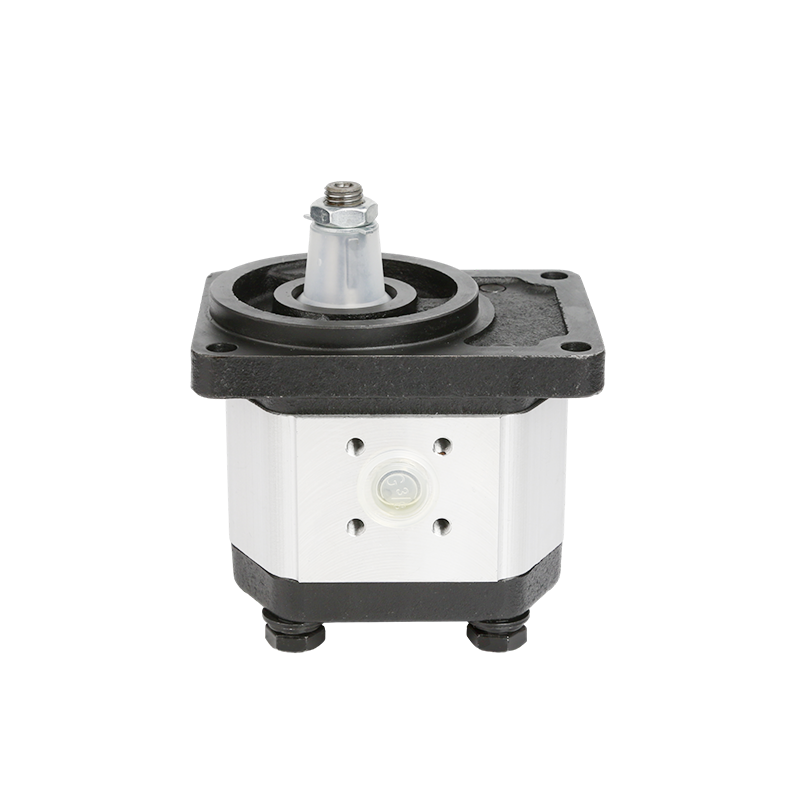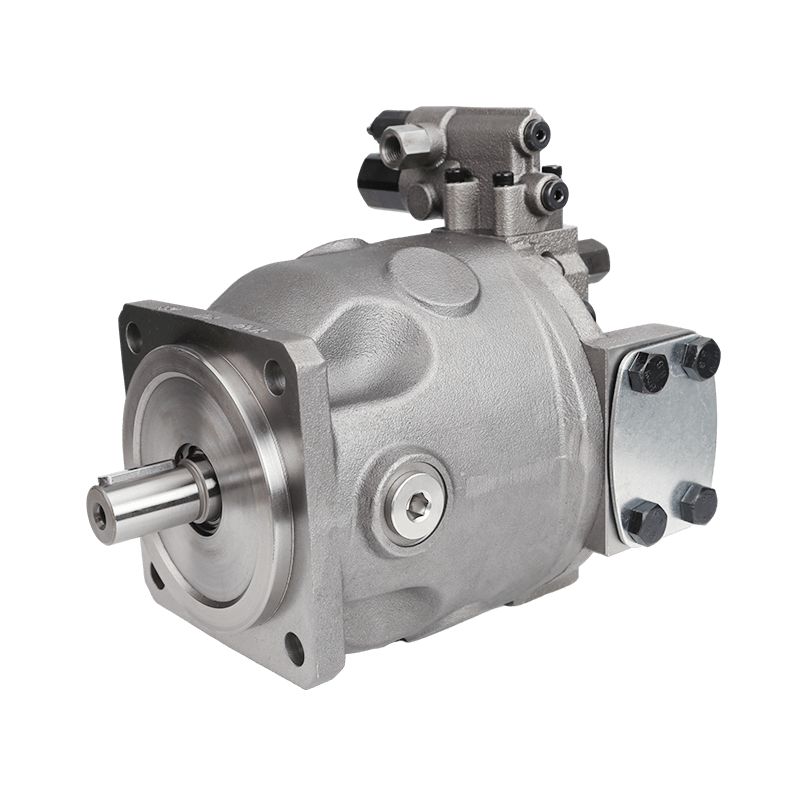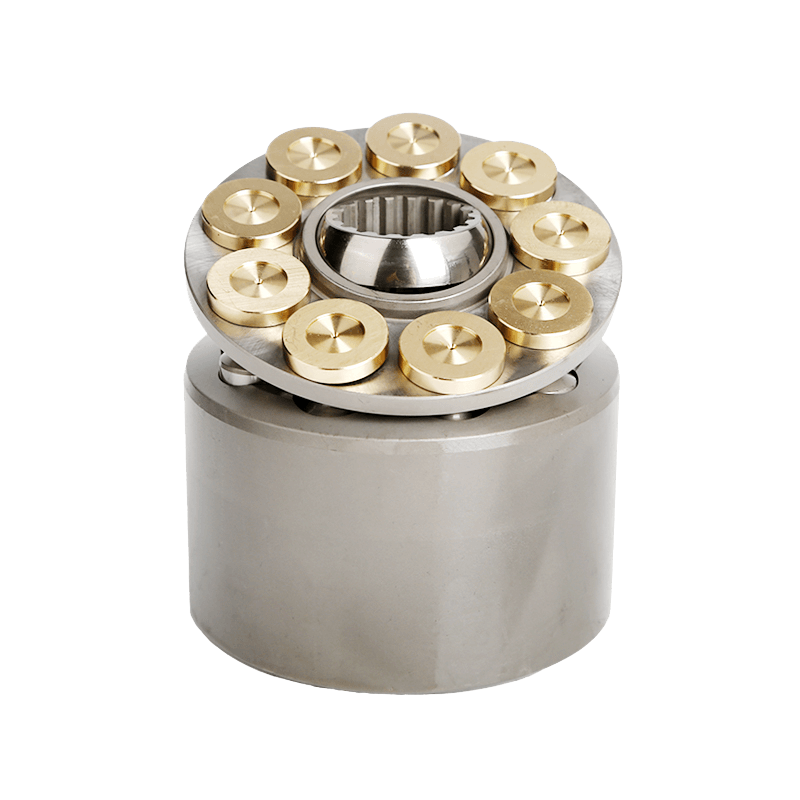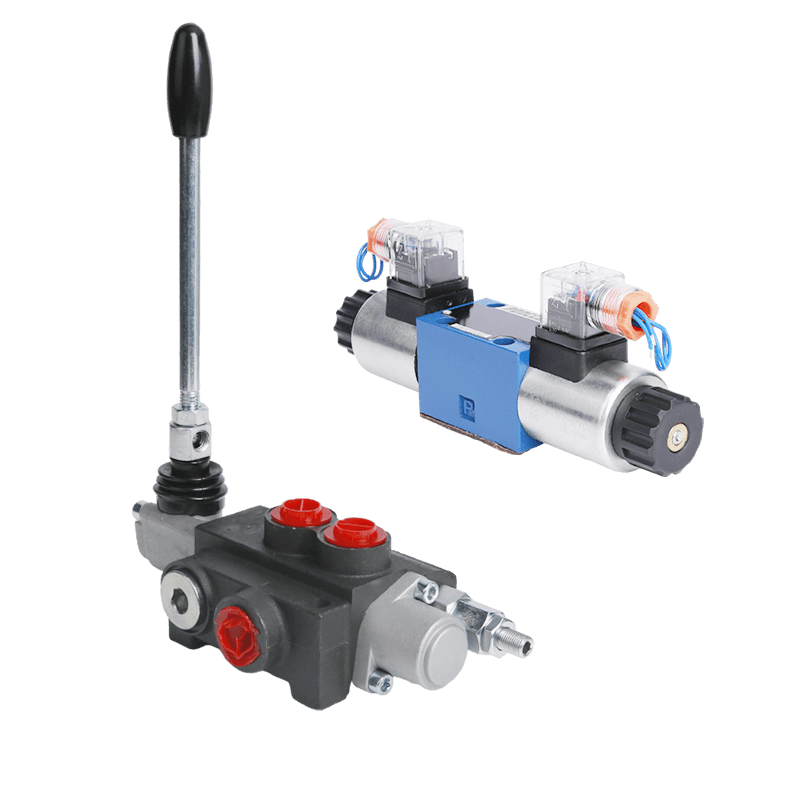Understanding the Basics of Axial Piston Pumps
Axial piston pumps are devices that use a setup of pistons to change mechanical power into hydraulic force efficiently and effectively for different uses, in hydraulic systems. A good grasp of their structure and function is essential for individuals dealing with these pumps. The working principle of a piston pump involves pistons moving around a central shaft to maximize the pressure, from the fluid without requiring intricate setups or configurations.
Mechanics Behind Axial Piston Pumps
The functionality of piston pumps relies heavily on the principles of dynamics and flow mechanics to govern the pump’s efficiency across various operational scenarios. Professionals engaged in pump design and problem-solving tasks must grasp the intricacies of how these pumps regulate flow to perform their roles effectively.
Fluid Dynamics and Flow Mechanics
The functioning of a piston pump relies on fluid dynamics principles. It’s essential for the design to facilitate a flow of fluid to minimize disruptions and maintain consistent pressure output. The positioning of the pistons, within the cylinder block impacts how they move, thus affecting the pump’s efficiency directly. Furthermore, various factors like the viscosity of the fluid, temperature, and the overall configuration of pathways, in the pump can significantly impact its performance.
Linear and Rotary Motion Integration
Combining rotary movements is an aspect of the axial piston pump design. The rotation of the swash plate causes the pistons to move in a fashion enabling the pumping process. This uncomplicated yet efficient system enables operation while minimizing wear and outperforms types of pumps. It’s important for professionals to grasp this integration in order to boost performance and ensure hydraulic systems run smoothly.
Hydraulic Flow Pathways
The detailed channels, in a piston pump facilitate the flow of fluid from the intake to the output minimizing pressure drops and boosting flow efficiency. These pathways play a role in optimizing the pump’s performance and enhancing the responsiveness of systems making it important, for engineers looking to enhance design or address any problems effectively.
Pressure Control Mechanisms
Maintaining pressure levels is crucial, for overseeing the efficiency of a piston pump as it guarantees that the pump functions correctly, within set parameters to avoid breakdowns and prolong its lifespan. It is essential to have systems equipped with valves and sensors that can continually track and regulate pressure levels as necessary in order to effectively achieve this goal.
Regulation of Output Pressure
Controlling the pressure output of a piston pump is crucial for hydraulic systems to function effectively. There are ways to achieve this control such as utilizing pressure relief valves and variable displacement mechanisms. Precise management of pressure not only improve efficiency, but also reduces the likelihood of harm, to the hydraulic system ensuring its dependable performance, in the long run.
Safety and Efficiency Considerations
Ensuring safety in systems that use piston pumps is crucial to prevent potential disasters caused by excessive pressure buildup. Engineers need to implement safety features, like relief valves and accumulator systems to avoid overpressure situations effectively. Efficiency is another factor to consider since maintaining pressure levels helps minimize energy usage and enhances system efficiency. Therefore, it’s essential for professionals handling axial piston pumps to understand both safety protocols and efficiency aspects.
Applications of Axial Piston Pumps in Various Industries
Axial piston pumps are known for their versatility. They are used across industries such as automotive and aerospace for a wide range of purposes based on their specific operational requirements in each sector.
Industrial Machinery and Manufacturing
Axial piston pumps play a role, in machinery and manufacturing by powering hydraulic presses and forklifts among other heavy equipment units, with their ability to provide pressure and flow rates for efficient operations, in settings requiring the movement or shaping of heavy loads. The adaptability and durability of these pumps make them well-suited for tasks where dependability is paramount.
Automotive Systems
In the world of cars and trucks manufacturing sector piston pumps play a role, in brake systems as well as power steering and hydraulic lift applications because of their capability to work effectively under intense pressure conditions facilitating the accurate management of vehicle operations which not only improves safety but also boosts performance levels notably. The increasing focus placed upon technologies, in automobiles further underscores the significance of comprehending the workings of axial piston pumps.
Advantages of Using Axial Piston Pumps
Efficiency and Performance
Axial piston pumps rely heavily on their design and operational concepts to function efficiently in settings by maintaining steady pressure and flow rates for improved performance. The swash plate mechanism plays a role, in controlling displacement and influencing the pump’s energy usage. Moreover, the capability to work under pressure boosts its effectiveness in meeting goals across industries, like manufacturing and construction, where dependability is key.
Axial piston pumps are known for their ability to efficiently convert energy into energy, with minimal energy wastage due to their high volumetric efficiency It leads to cost savings and improved productivity, as machinery using these pumps can operate efficiently The design of these pumps makes maintenance easier and reduces downtime enhancing overall operational efficiency Industries that use hydraulic systems can greatly advantage from incorporating axial piston pumps into their operations.
Versatility and Adaptability
Axial piston pumps are well known for their versatility as they are suitable, for uses in both mobile hydraulic systems. They are capable of operating under environmental conditions such as changes in fluid viscosities and temperatures which makes them useful, across a range of industries. These pumps can be adjusted for either fixed or variable displacement to meet requirements thereby improving their usefulness in various settings from manufacturing to aerospace applications.
Why Choose POOCCA’s Axial Piston Pumps?
Unique Features of POOCCA Products
Innovative Design Elements
POOCCA’s axial piston pumps stand out in the market due, to their design features that prioritize efficiency and performance while minimizing friction under challenging conditions. These design enhancements are crucial for maintaining durability and dependability, in hydraulic systems sought after by professionals. Moreover, POOCCA’s pumps use a design that simplifies maintenance. Allows for easy upgrades to minimize downtime.
The efficient layout of POOCCA piston pumps maintains energy efficiency without sacrificing power output and enables the creation of hydraulic systems that are both energy-efficient and easy to install in confined areas. The inclusion of built-in cooling channels, in models is crucial, for keeping the pump at operating temperatures during prolonged use. These advanced features work together to improve user satisfaction and ensure performance throughout the lifespan of the pump.
Superior Materials and Technology
To ensure SOLID performance, POOCCA’s axial piston pumps are manufactured using superior materials that withstand high pressures and harsh operating environments. The use of premium alloys and surface treatments minimizes wear and extends the life of critical components. This investment in materials translates to improved reliability and lower maintenance costs, resulting in greater overall value for customers. Technology advancements, such as computer-aided design (CAD) in pump development, ensure that each unit is meticulously engineered for optimal functionality.
Moreover, POOCCA continually invests in research and development, leading to the incorporation of the latest manufacturing technologies. This commitment to excellence not only enhances the durability of their products but also augments their operational efficiency. As a result, users of POOCCA axial piston pumps can rely on high-quality performance and reduced failure rates, making these pumps an attractive option for various industrial applications.
Conclusion
Axial piston pumps offer a solution, with benefits in efficiency, flexibility, and versatility. The special characteristics of POOCCA’s products. Such as design aspects and high-quality materials. Along with customer assistance provide a unique offering, for individuals seeking dependable hydraulic solutions.












